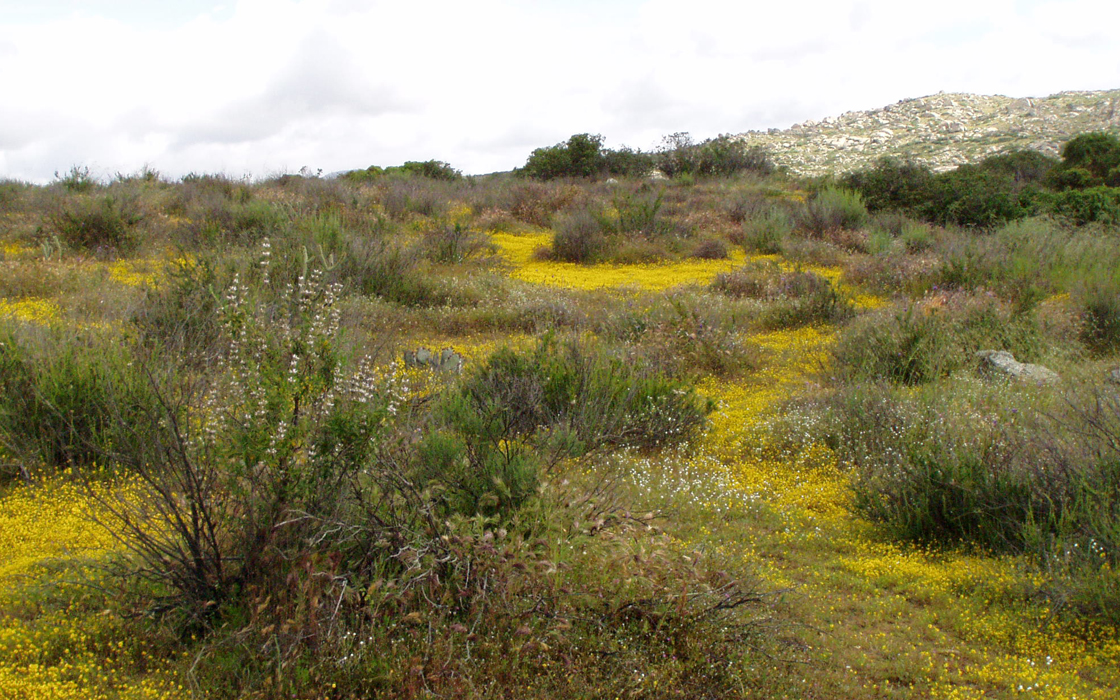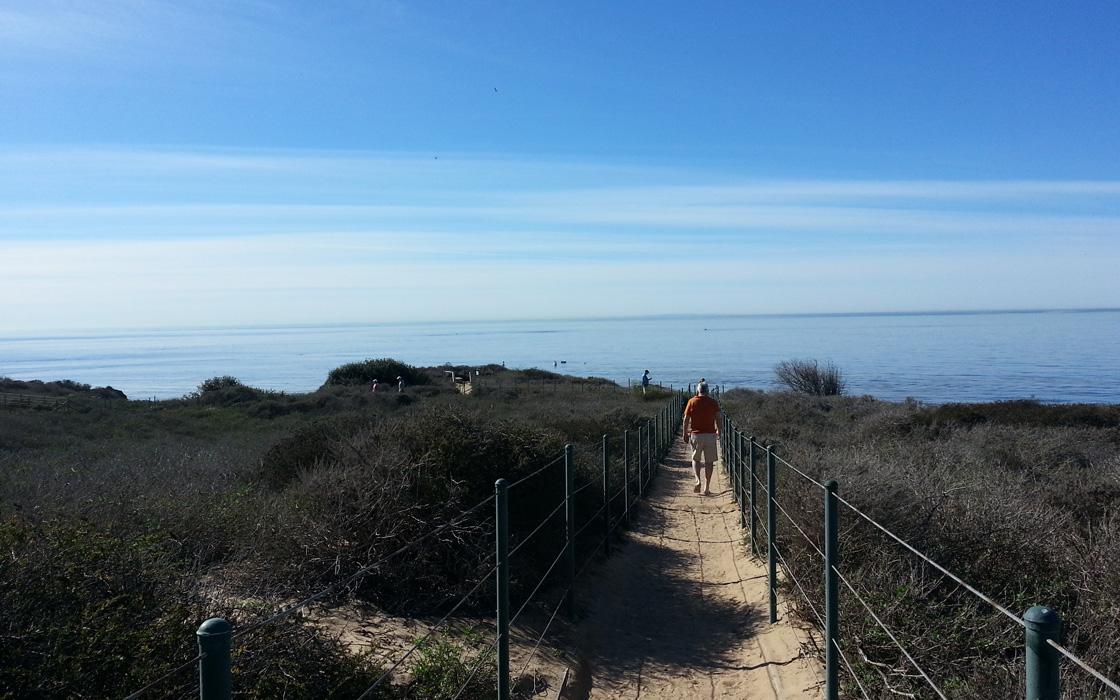








Restoration and Stewardship
Stewardship is the most challenging undertaking of CNLM staff and the most central to CNLM’s mission. The perpetual responsibility for preserve stewardship is not only a challenge, but an opportunity to learn about native populations in situ and to effectively practice adaptive management. Restoration activities are part of the stewardship continuum on many preserves. At the time of acquisition, restoration may be indicated to ensure the habitat is on a trajectory to meet management objectives. In other cases, disturbances such as catastrophic wildfire or cumulative impacts from various anthropogenic influences may trigger the need for a restoration event. Finally, CNLM staff offer their expertise via contract to other land owners with conservation objectives.
Restoration and stewardship activities frequently focus on developing monitoring protocols for listed species or vegetation communities. Although presence/absence survey protocols have often been developed for listed species, stewardship objectives require understanding relationships between species and their environment, tracking responses to management actions, and measuring long-term trends. Staff invest in developing monitoring protocols that pose minimum risk to the rare or listed species, make efficient use of limited staff resources, and that will result in information that will serve management objectives. For example, weed management is practiced within an integrated pest management context, with specific protocols developed not only to target pest species but to protect non-target species and environmental health. Restoration and stewardship practices frequently involve calibration of techniques—either scaling up previously established methods for large-scale restoration or stewardship, or scaling down management methods to be appropriate for small- or modestly-sized preserves. For example, grazing protocols appropriate for vast grasslands must be reconfigured to be both practical and effective on restricted grassland preserves with a mosaic of endangered plant species. In some cases, staff focus on developing appropriate protocols for managing abiotic elements such as water levels or soil fertility.
Restoration and stewardship are approached within an experimental frame and with attention to risk management. It is often difficult to distinguish these activities from ongoing applied research. Indeed, when resources can be made available for publication activities, such experience is packaged in reports or papers.

